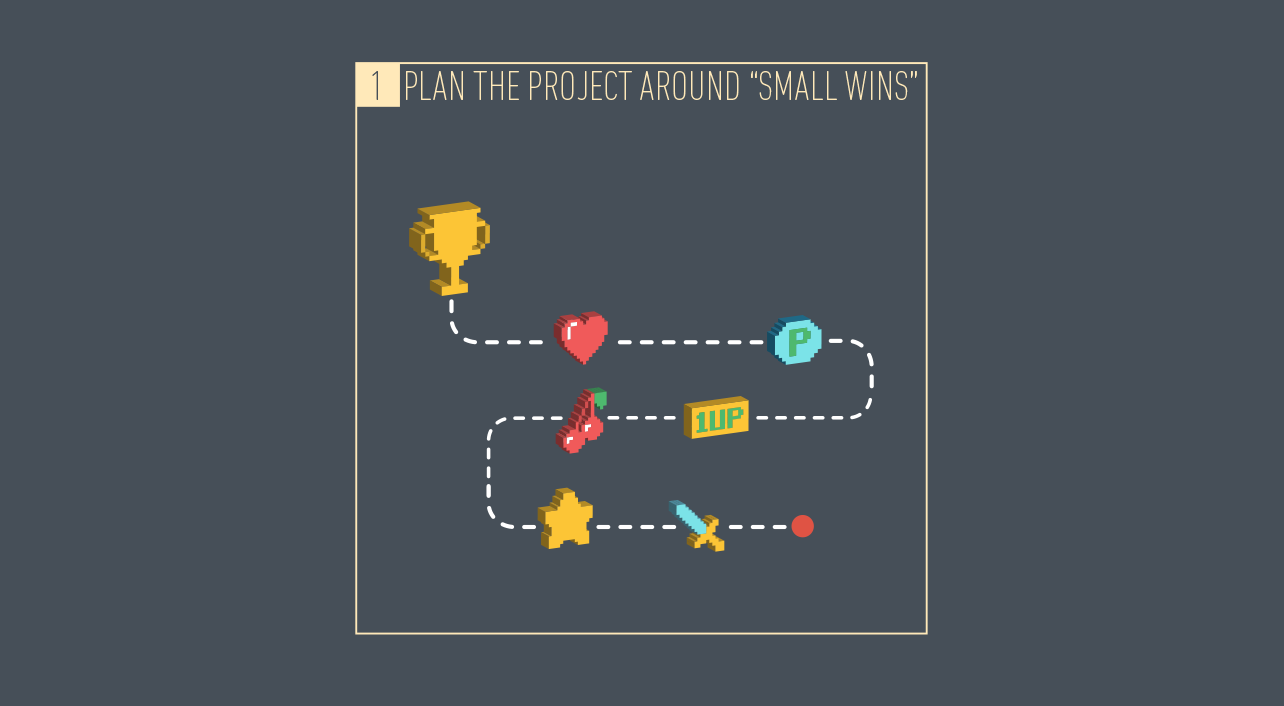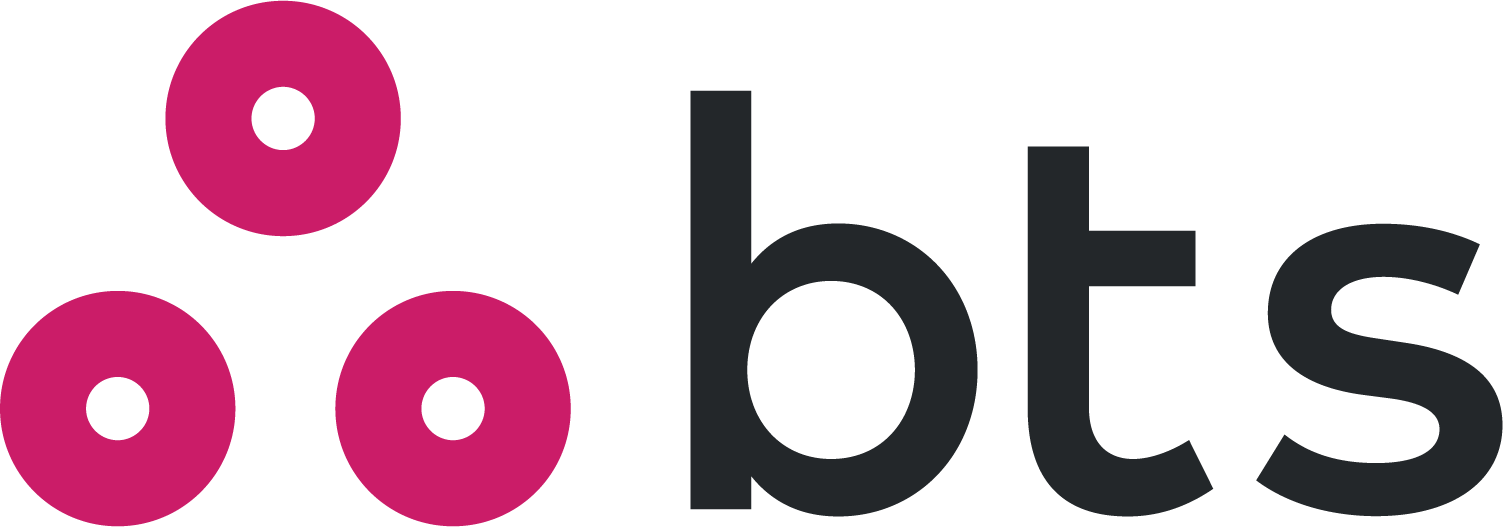- leadership
- Blog post
Why quick wins are so important for employees facing tough challenges
As managers, we’ve all been involved in projects that just seem to wear people down, as well as projects that keep people energized and engaged from start to finish.
So is there something about how projects are structured that can account for these differences?
A study from the University of Michigan sheds some light on why projects bog down — and what managers can do to prevent this.
Perceived progress
In the study, 3,200 participants were put into four groups and asked to complete a lengthy computer-based questionnaire. As an incentive, they were given a chance to win $10,000 if they finished the task.
The key difference among the groups was how they received feedback on their progress.
The first group worked on the questionnaire without any feedback. The second group saw a progress meter that showed steady progress toward the goal. The third group also saw a progress meter, but this one filled up faster at the beginning of the task and slowed down near the end. The fourth group saw a progress meter that started off slowly, and sped up toward the end of the task.
Beating expectations
In the group that received no feedback, 13% of people dropped out before completing the task. Surprisingly, researchers found slightly more dropouts when people got steady feedback – the dropout rate for the second group was around 14%.
But the biggest differences were in the last two groups.
It was the third group — which saw faster-than-expected progress at the beginning — that was most likely to see the task through to the end. Only 11% of them dropped out. And the researchers found that the fourth group – the one that received slower-than-expected feedback — had the highest drop-out rate of all. Nearly 22% gave up on the chance to win $10,000.
Positive effects
In short, the study showed that creating an early perception of progress had long-lasting effects. As the researchers put it, people “formulate opinions about a task early on and these first impressions are not substantially modified by later evidence.” That’s why the group that received discouraging feedback gave up more easily and why the group that received encouraging feedback was more likely to follow through.
The researchers also discovered that showing people early progress had another positive effect: It made the task seem easier and more enjoyable. This perception held even for the participants who took longer than average to complete the task.
Action steps
So what does this imply for real-life managers?
If a manager wants to keep motivation high on a project that promises to be tough and grinding, they should pay special attention to the beginning, by front-loading visible signs of progress into the project plan. The studies suggest that when the team’s sense of progress outpaces their expectations, their overall experience will improve – and they will keep persevering even if progress decelerates later on.
For any new project, a manager can:
- Think about visible signs of progress when planning the project. Specifically, build in opportunities for the team to reach milestones soon after the project begins. That doesn’t mean overstating progress; it simply means putting in more signposts at the beginning. For example, a manager can set early goals for “small wins” — activities that can be achieved quickly, such as assigning project roles or gathering preliminary data.
- Consider two levels of progress – how the team is progressing as a whole, and how each team member is progressing in their specific responsibilities. Team goals and individual goals should both be front-loaded.
- Have a plan to celebrate those early wins, and credit people with making great progress.
Of course, as the project moves into later stages, the manager will still need to check in regularly, continue to highlight progress and show team members how their efforts have driven progress so far.
This blog entry is adapted from the BTS Total Access video module “Managing difficult projects: The importance of showing early progress.” If you’re a Total Access customer, you can watch the video here. If you’re not, but would like to see this video (or any of our other programs), request a demo and we’ll get you access.
The blog post and BTS Total Access video module are based on the following academic paper: Conrad, F.G., et al. (2010) The impact of progress indicators on task completion. Interacting With Computers, 22(5): 417–427.


